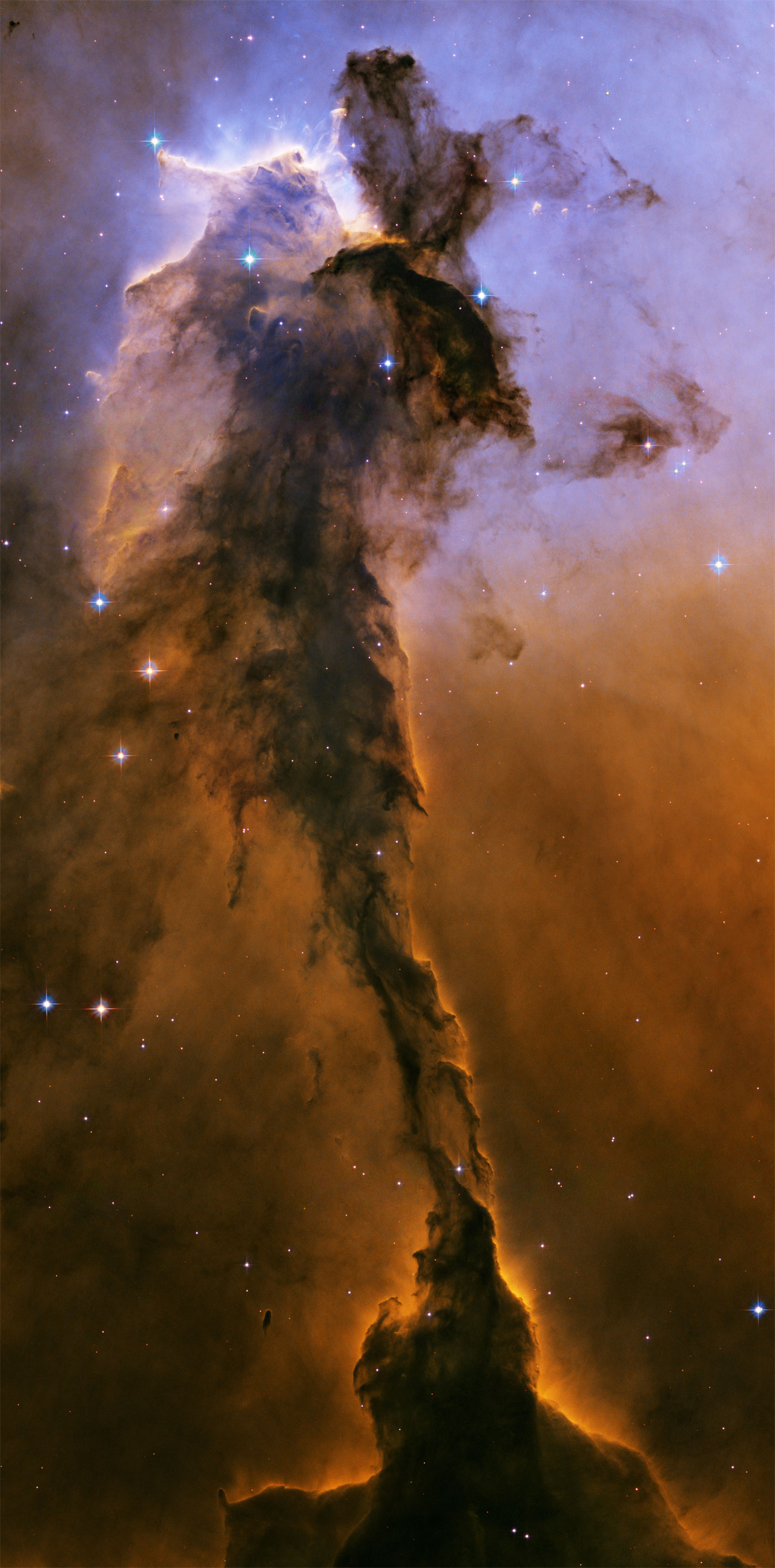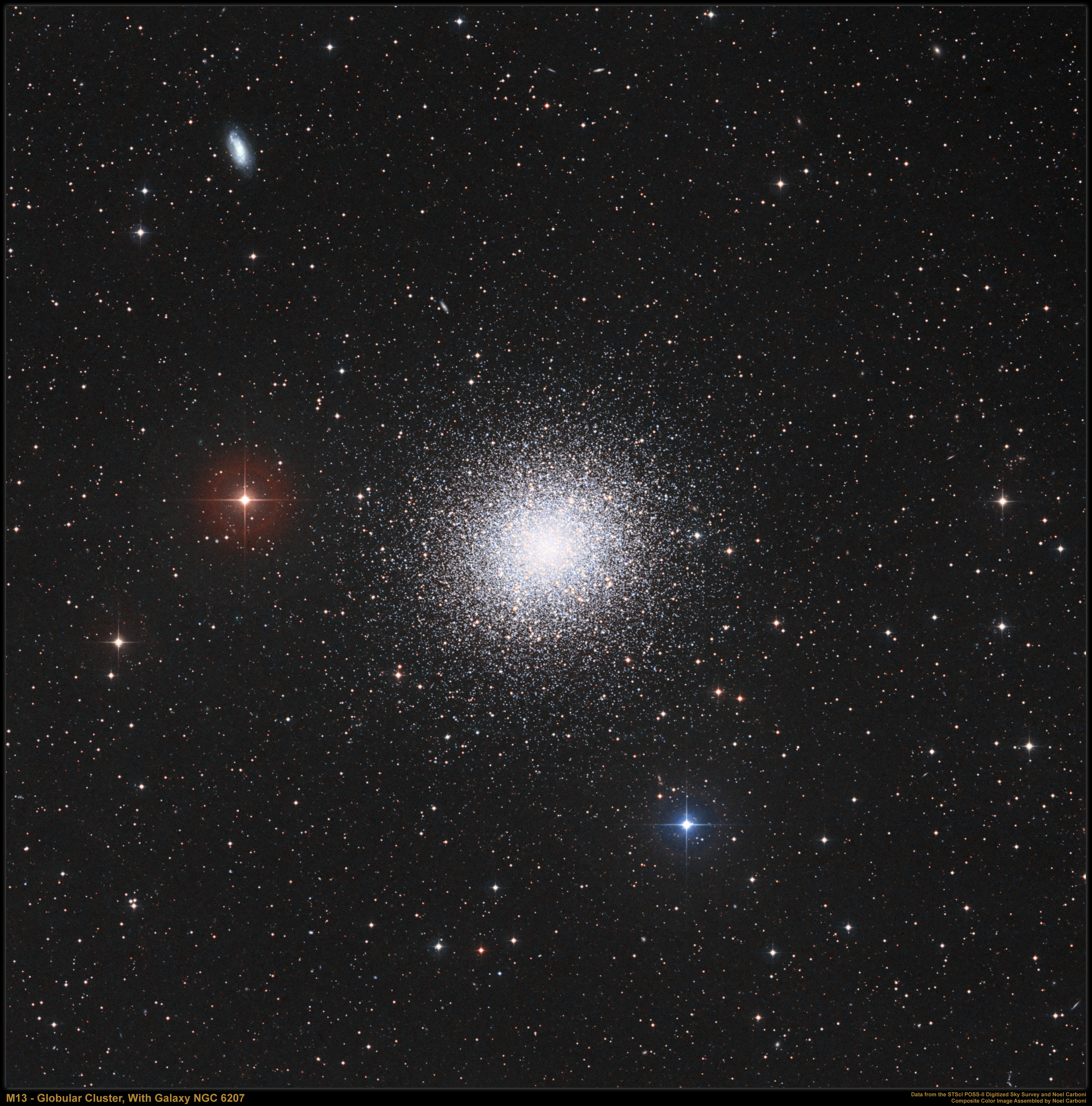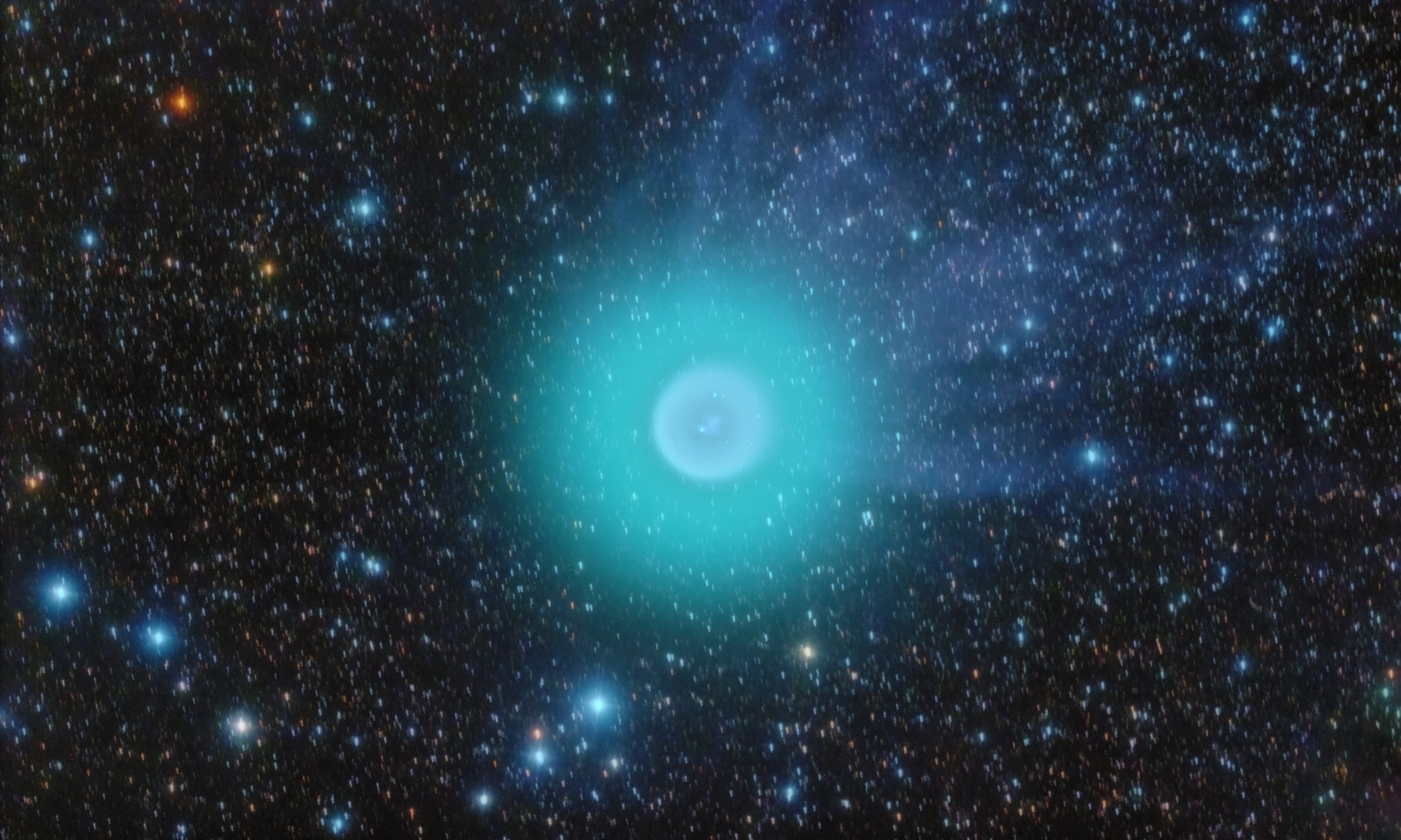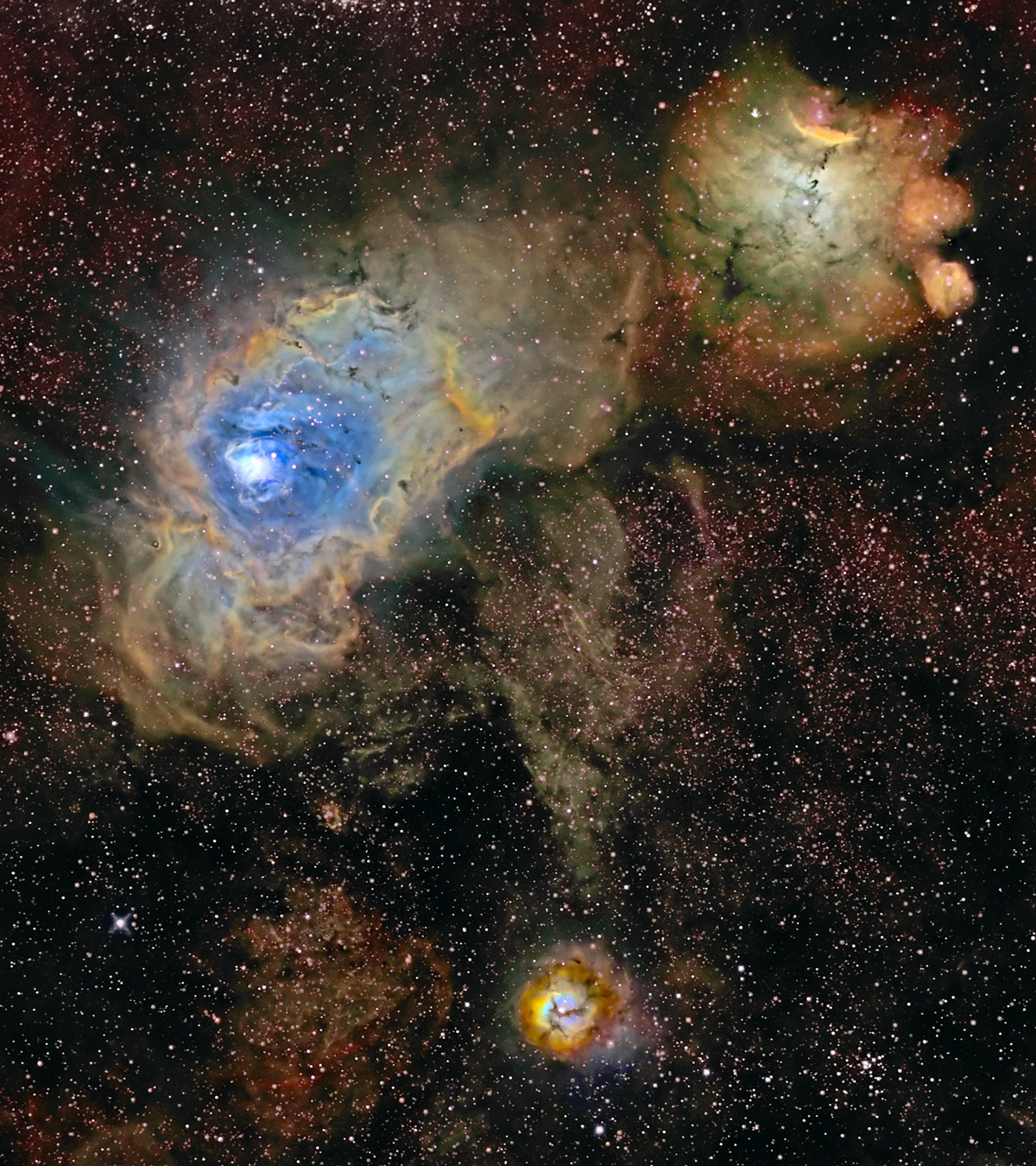Cameron Johnson Johnson 1
Mr. Percival
Astronomy
12 Oct. 2007
Christoph
Clavius Born on March 25, 1538, Christoph
Clavius quickly became a prominent figure in the field of astronomy. He was born in a small town known as
Bamberg in the region where Germany is currently located. Little is recorded of his early upbringing; however, he promptly joined the Jesuit order at a young age, which is the Christian religious order in the Roman Catholic Church. He developed into a very religious individual who drew curiosity from the sky. He traveled to Portugal so he could attend the University of
Coimbra. Every aspect of math fascinated him, leading to his mathematical degree and renowned title as one of the most astute mathematicians of his time. The study of theology drew him to Italy where he enrolled into a Jesuit college centered in Rome. In 1570,
Clavius wrote his first book, Spheres of
Sacrobosco, which would be the most influential text books in the astronomical community in the 1500s and 1600s.
One of his most profound achievements came in 1579, when
Clavius would create a calendar still in existence. He was assigned to the task of inventing a calendar that would fix the Church’s problem with its assigned holidays moving irregular because of the seasons of the year. He proposed the
Johnson 2
Gregorian calendar which brought him national fame. His proposal brought him admiration as well as respect because it fixed the vernal equinox from traveling back in the annual calendar as well as fixed an issue with Easter creating a marginal error as the years passed.
Clavius held strong to the belief that the universe can be explained by the
Ptolemiac system or Geocentric model, which presented the Earth as the center of the universe and every astronomical object following a path around its globe-like shape. He strongly disagreed with the heliocentric model that Copernicus came up with because of how unrealistic its theory was to him as well as the religious disapproval of the model.
Clavius went on to become a head professor in the astronomy department at Jesuit's
Collegio Roman, where he had previously studied theology. Galileo highly respected
Clavius’s work and talent in the field of astronomy, so he brought him the observations from which he recorded with his self-built telescope that viewed the moon. Christoph was quite intrigued by the discovery that the moon had craters and mountains, but questioned whether they really existed. He would soon become an avid proponent that the moon could not contain mountains. Also, when verifications that Venus had moons orbiting itself, it put the Ptolemaic model in jeopardy.
Clavius interpreted that the moons orbited Venus, while Venus revolved around the Sun which revolved around the Earth. Christoph remained at the college in Rome as a professor until his death in February of 1612. He was later given the honor of having one of the largest craters on the moon named after him.




